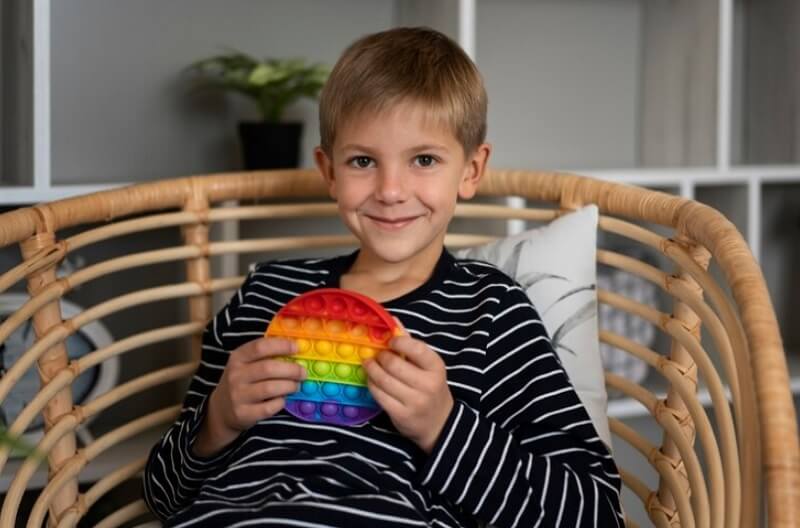Autism affects 1 in 54 children in the United States. This means there is at least one autistic child in every classroom in your child’s schooling.
Even though there has been an increase in autism in recent years, we are also seeing an increase in resources for autistic persons and their families. With these resources, children with autism can adjust well to society.
Autism Spectrum Disorders have different types. There are frequent changes in autism and ASD. Read on to learn the types of autism and how to spot them.
An Overview
Autism spectrum disorder (ASD) refers to a group of complex neurodevelopment disorders. Characterized by repetitive and characteristic patterns of behavior. It is also known to have difficulties in social communication and interaction. The symptoms are present from early childhood and affect daily functioning.
People with ASD often have difficulty with social interaction and communication. They may not make eye contact and have difficulty understanding other people’s emotions. They also may not respond to their names. People with ASD may also have repetitive behaviors.
Living with Autism
There is no one answer to the question of how best to support someone with autism spectrum disorder (ASD). Each individual and family is unique.
Many people with ASD find companionship and solace in pets. Some research suggests that animals can help to improve social and communication skills in autistic people. Get more info here to know how pets can help with Autism.
It is important to provide structure and routine in the individual’s life. This can help them feel more secure and less overwhelmed. It is also crucial to be patient. Understand that communication may be difficult, and be willing to adapt to the individual’s needs.
Different Types of Autism Spectrum Disorders (ASD)
There are four types of autism spectrum disorder. Each is characterized by its own set of symptoms.
Asperger’s Syndrome
Asperger’s Syndrome is one form of Autism Spectrum Disorder. Characterized by difficulties in social interaction and repetitive behaviors. Individuals with Asperger’s Syndrome often have difficulty understanding social cues. Sometimes and often take things literally. Asperger’s Syndrome is considered to be on the milder end of the Autism Spectrum Disorder spectrum.

PDD-NOS, or Atypical Autism
There are several autism spectrum disorders. The most common type is PDDNOS or Atypical Autism. They have milder symptoms and greater social skills than the other three types.
This form of autism is often diagnosed in older children or adults. Symptoms of PDD-NOS include difficulty with social interaction and communication and speech impairment. Also, repetitive behaviors and sensitivities to noise, touch, or other sensory input.
Classic Autism
Classic autism is the most severe form of autism. It is characterized by impaired social interaction, difficulty with communication, and repetitive behaviors. People with classic autism may also have mental retardation or other developmental delays.
Rett’s Syndrome
This is a rare form of autism. Characterized by normal early development. And then followed by a period of regression. In which social and communication skills are lost, and repetitive behaviors emerge. Rett’s syndrome is almost always diagnosed in girls and is often accompanied by seizures.
The Bottomline
There are many different types of autism spectrum disorders. Each with its own symptoms and severity. But, all types of ASD share some common characteristics. Like difficulties with social interaction, communication, and repetitive behaviors. If you think you or your child may have ASD, talk to your doctor about getting a diagnosis.

